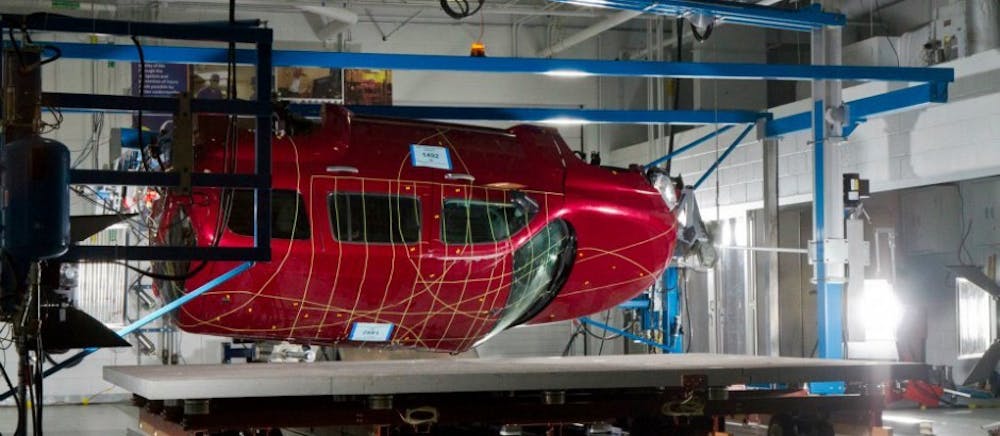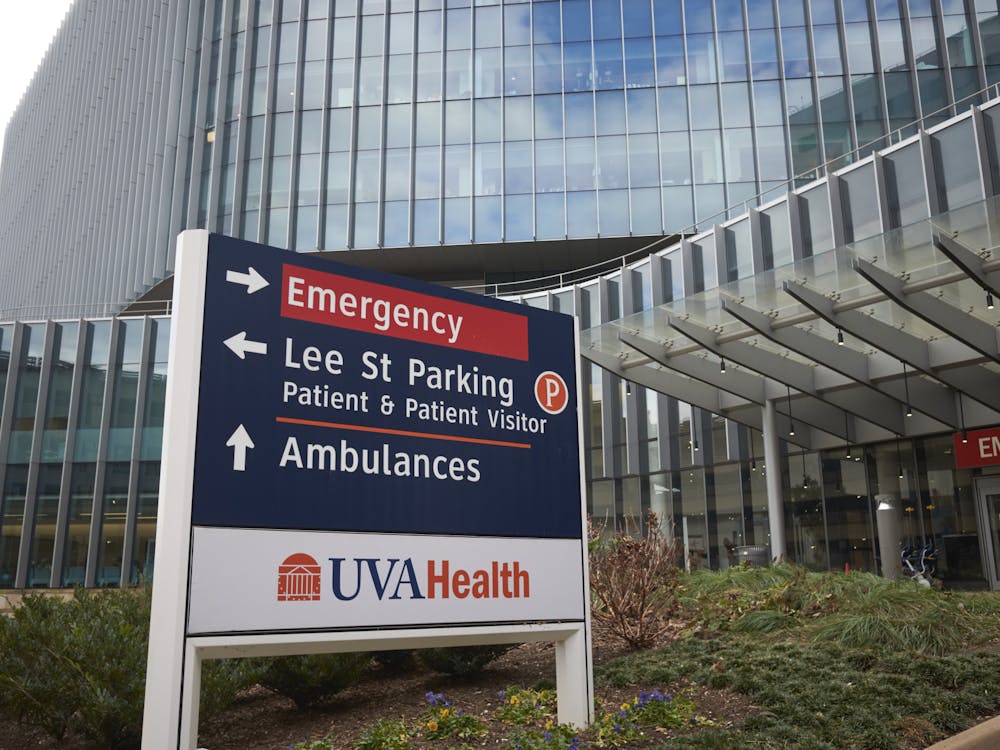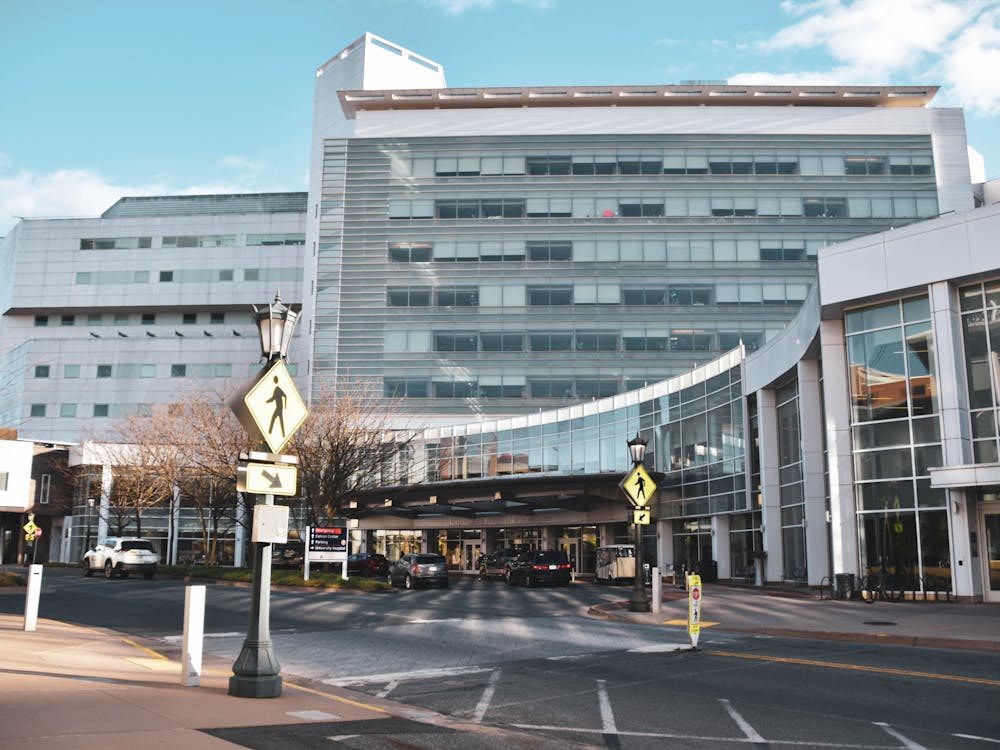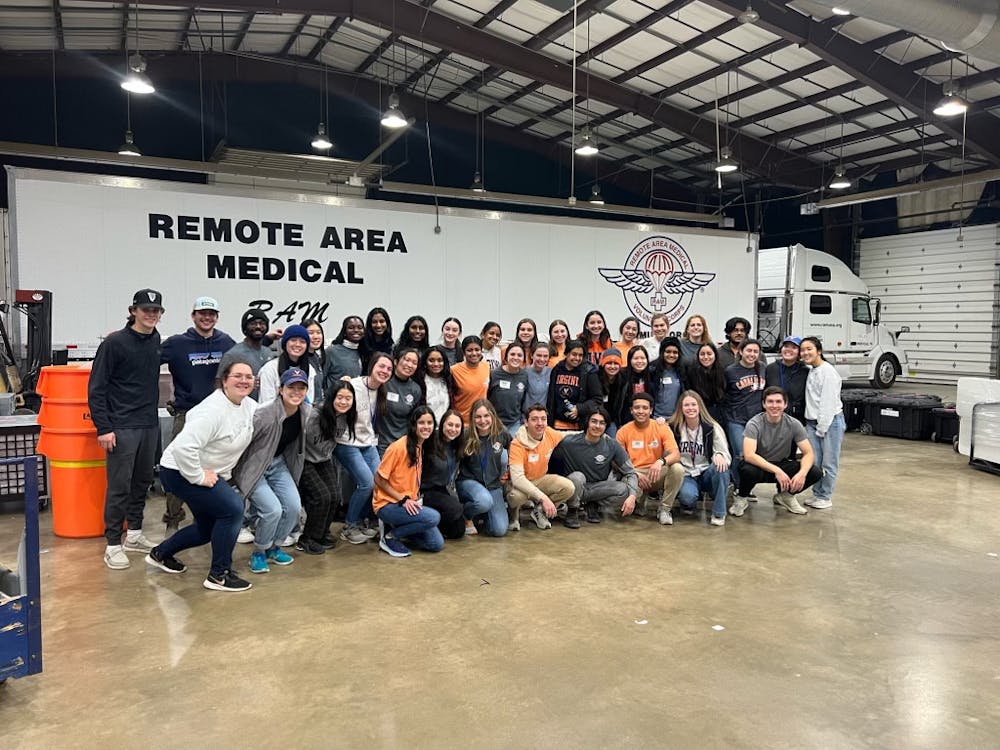Located north of the Charlottesville-Albemarle Airport and hidden behind walls of trees is the Center for Applied Biomechanics, one of many University-affiliated projects in the local area. The CAB is home to a group of engineers and scientists conducting research in the field of injury biomechanics, including a current project working to improve seatbelt and airbag safety for obese passengers in vehicle crashes.
The largest center of its kind, the CAB consists of Engineering and Medical School faculty members, professional research staff, post-doctoral and visiting researchers, more than 20 graduate students from various engineering disciplines and a host of other full-time staff specialists. Team members from all over the world contribute to the research — in areas including military safety, sports safety and motor vehicle safety — done at the CAB.
“Given the multidisciplinary nature of injury biomechanics research, the projects are collaborative and often involve teams of researchers [with] tremendous sharing of research ideas, equipment, and resources across different PI’s and application areas,” CAB Director Jeff Crandall said.
One of the studies at the CAB, led by Jason Kerrigan, an assistant mechanical and aerospace engineering professor, focuses on understanding how effectively current automobile restraint systems protect vulnerable populations. These populations are broadly described as individuals who are not the size of an average male. Currently, the CAB uses the size of the average male for their crash test dummies — measuring at 5 feet 9 inches and 172 pounds — which are used to optimize motor vehicle restraint systems.
Current restraint systems in motor vehicles, which include safety devices such as a seat belt and multiple airbags that function together to maximize safety during a collision, are optimized to protect a driver that is the size of the average male. While these are the parameters car companies use to design seat belts and airbags, research shows that these restraint systems might not be protecting vulnerable populations as effectively.
“It's a little scary,” Kerrigan said. “But everybody is starting to say, ‘Hey, what if we started to address some of these things?’”
“We now have computational tools and physical tools we could be using to address these,” he added.
Obese individuals are considered part of the vulnerable population. According to the Center for Disease Control and Prevention, based on body mass index, nearly 40 percent of the U.S. is considered obese, with a BMI of 30 or greater.
“Obese people have a significantly higher risk of injury and fatality in motor vehicle collisions,” Engineering graduate student Hamed Joodaki said.
According to Engineering graduate student Zhaonan Sun, the reason for this increased risk is in part due to obese passengers submarining during the crash. For the dummy representing an average male with a BMI of 25, the pelvis remains close to the back of a seat while the upper body pitches forward to meet the airbag.
Comparatively, the obese model — representing a person with a BMI of 35 — does not stay properly secured in the seat. Rather, the dummy’s pelvis slips further down the seat, allowing the seat belt to slide up toward its abdomen and chest area. This movement — called submarining — can cause serious injury and damage to the internal organs of the abdomen.
The computational model Joodaki and other researchers at CAB have developed stimulates an obese individual's response to a frontal motor vehicle crash under current restraint systems. It is currently able to replicate two of the three factors contributing to the increased risk of injury in obese populations — bigger body mass and delayed engagement of the seatbelt with the pelvis. The third factor — submarining due to low stiffness of fat tissue — is currently being studied by Sun, who is attempting to replicate the behavior in a laboratory setting.
“The mechanical property of adipose tissue, which is fat, has very low stiffness in shear, which means it's easier to slide over the pelvic wings and then there's no hard part [for the seat belt] to grasp,” Sun said. “So instead ... It pulls on the relatively lower stiffness part, which is abdominal organs or just the belly itself … [This] will cause the person to move further forward and slide under the lap belt.”
Sun, working under Kerrigan, is studying how adipose tissue mechanically responds to different directional forces that are similar to those exerted by a seatbelt during a crash.
“Just from a very basic Newtonian ‘F = ma’ standpoint, mass plays a huge role in how injury happens,” Kerrigan said. “That's something that has not well been studied, so it's really exciting to sort of be on the cutting edge of that and doing cool material properties of biological tissue stuff related to fat on top of it.”
Sun’s completed data will be incorporated into Joodaki’s model to account for tissue mechanics during a crash. Once the computational model is fully developed, Joodaki will be able to alter features of the restraint system to determine changes that can make these restraints safer for obese passengers.
The findings from their work will be of interest to the National Highway Traffic Safety Administration, which Kerrigan’s group and others at the CAB work with. The researchers are hoping their findings can eventually be implemented into vehicle design changes that will help save lives during motor vehicle crashes.
“You'll want the results of your research to be implemented in a vehicle to save lives to actually have an effective impact onto the vehicle design for the future,” CAB research scientist Bronislaw Gepner said. “In a perspective of five to 10 years, maybe you will see results of Hamed’s and Zhaonan's research to appear in a vehicle, and there is going to be this particular research solution, which helps saves obese occupants from injuries.”





